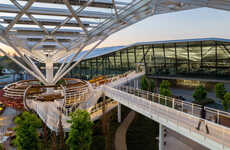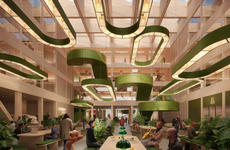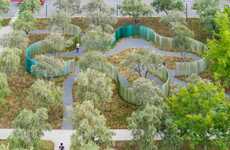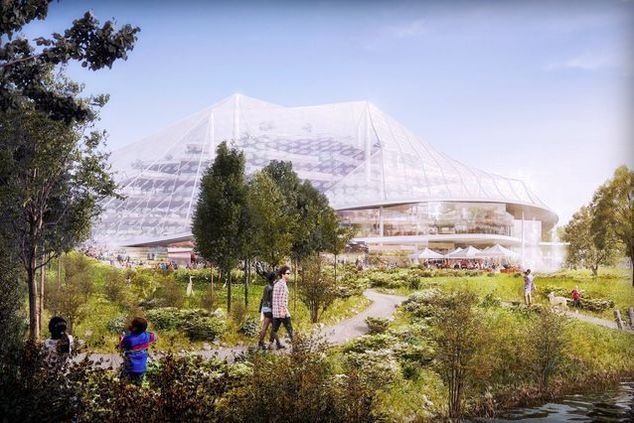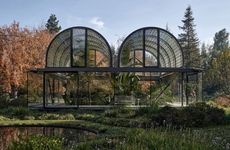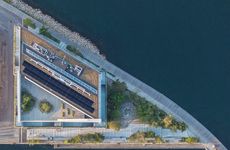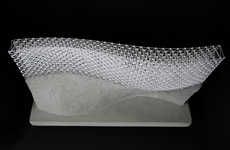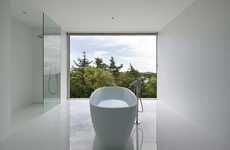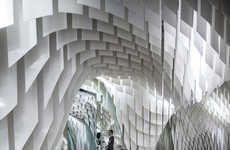
Google Campus in Mountain View is Inspired by Its Surroundings
Meghan Young — February 28, 2015 — Art & Design
Every Google Campus has its own personality and that is clearly evident in the proposal for the latest one set to be constructed in Mountain View. Appropriately taking on a mountainous aesthetic, it is perfectly described as a set of "glass greenhouse-style buildings" by The Verge. The biggest detail of this Google Campus design is a series of city block-sized canopies, which give the structures an airy and organic look.
Designed by Danish architect Bjarke Ingels from the Bjarke Ingels Group and Thomas Heatherwick of Heatherwick Studio, the Mountain View Google Campus proposal is meant to be modular. Google reveals, "Instead of constructing immoveable concrete buildings, we’ll create lightweight block-like structures which can be moved around easily as we invest in new product areas."
Designed by Danish architect Bjarke Ingels from the Bjarke Ingels Group and Thomas Heatherwick of Heatherwick Studio, the Mountain View Google Campus proposal is meant to be modular. Google reveals, "Instead of constructing immoveable concrete buildings, we’ll create lightweight block-like structures which can be moved around easily as we invest in new product areas."
Trend Themes
1. Modular Greenhouse Buildings - As more companies prioritize sustainability, modular greenhouse-style buildings offer eco-friendly ways to expand business spaces.
2. Airy and Organic Architecture - Designing buildings with canopies and other features that promote an open and natural ambience creates unique experiences for customers and employees alike.
3. Lightweight and Moveable Structures - Businesses can embrace modular lightweight structures that can be rearranged as needed to accommodate growth and changes in product lines.
Industry Implications
1. Construction - Construction companies can adapt green building methods and modular designs to create ecologically sound and flexible structures, while offering unique building experiences.
2. Real Estate - Real estate companies can invest in contemporary designs that prioritize open, lightweight and natural architecture to attract more clients and raise property values.
3. Technology - Technology firms can integrate modular designs and lightweight structures into their buildings to foster creative work environments that can be reconfigured in line with changing strategic needs.
3.5
Score
Popularity
Activity
Freshness


